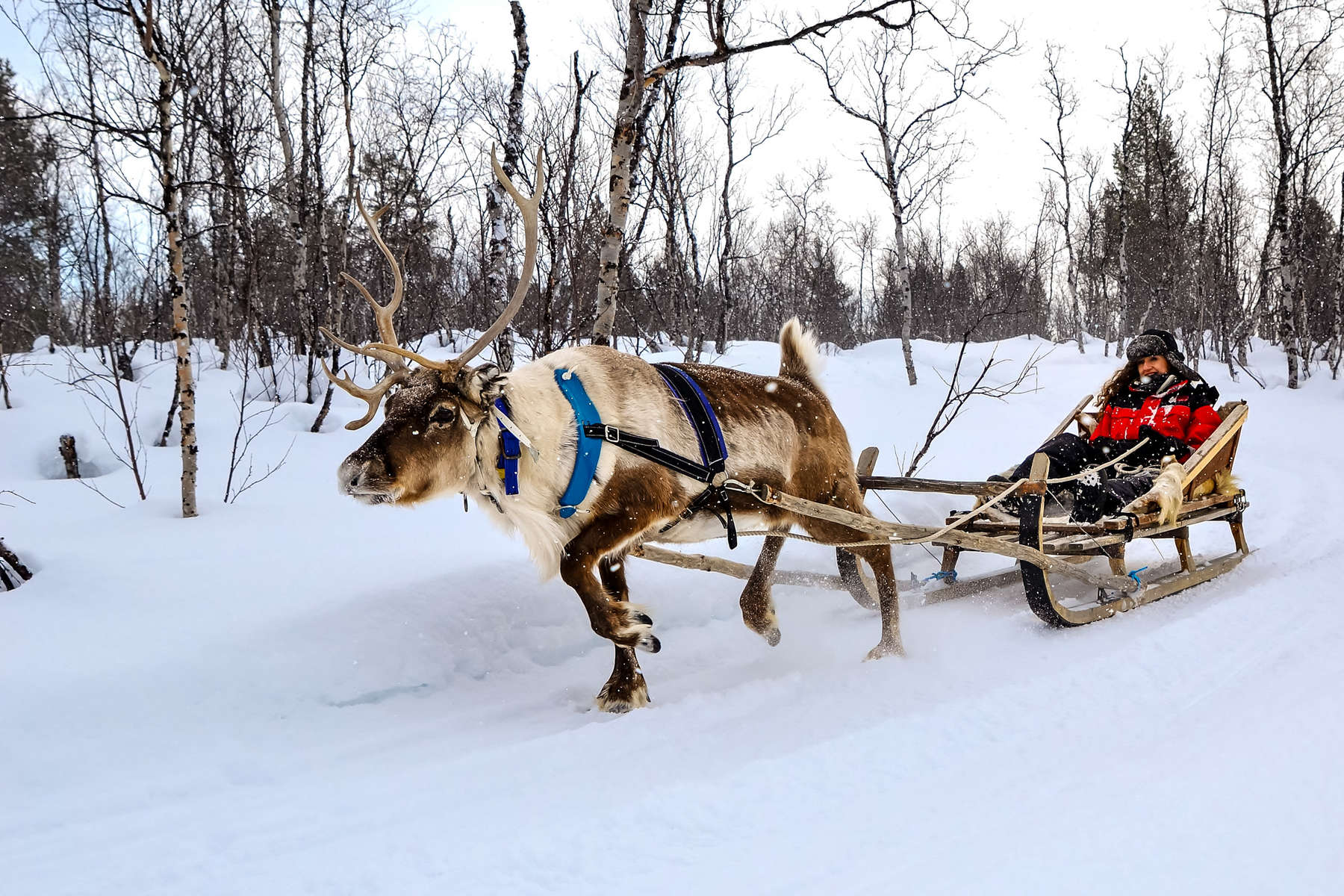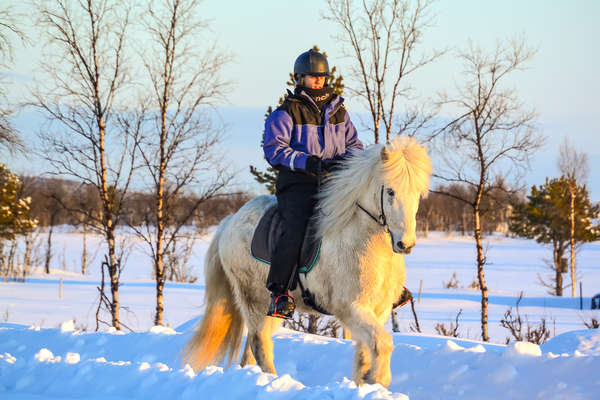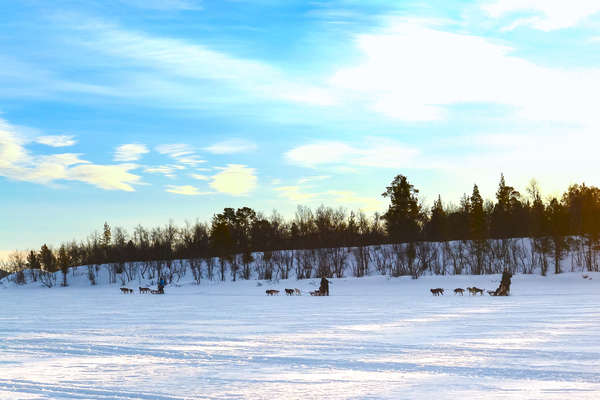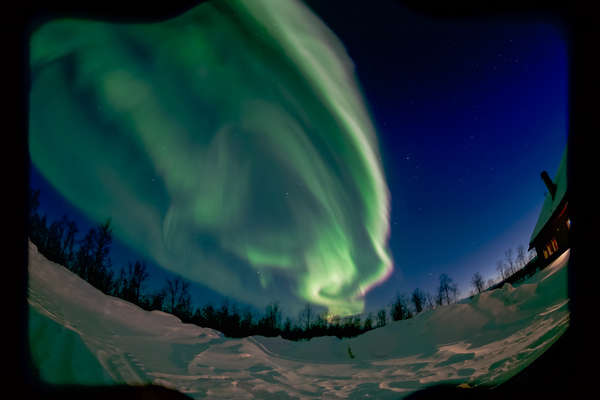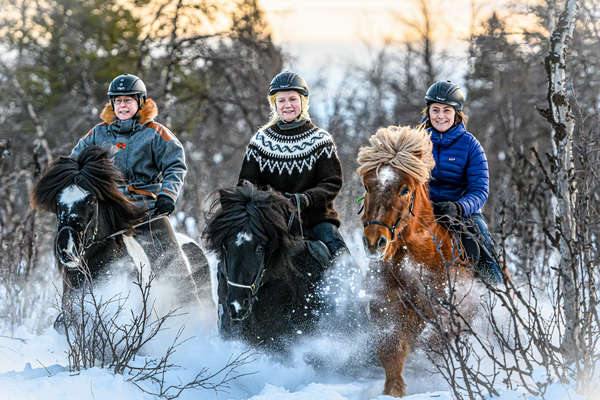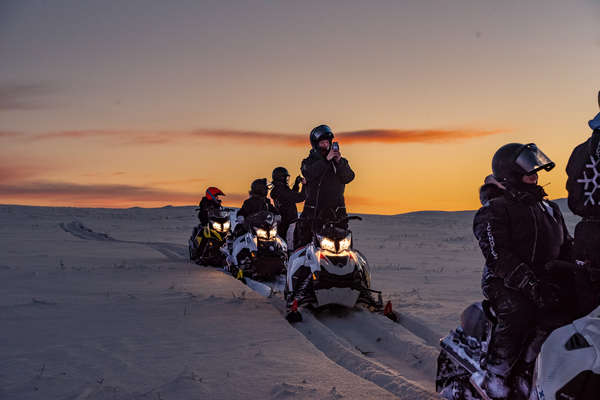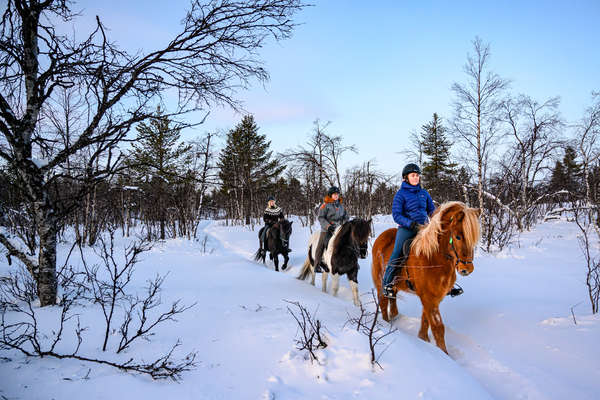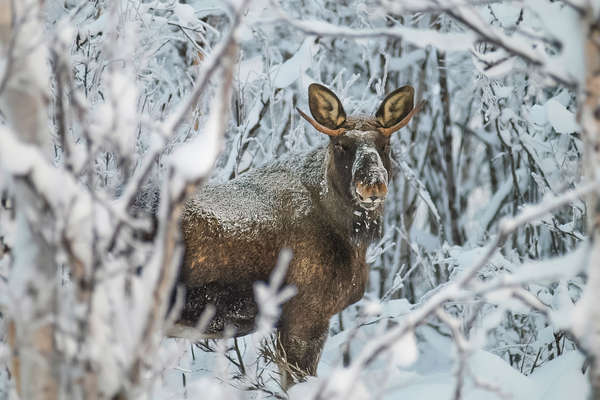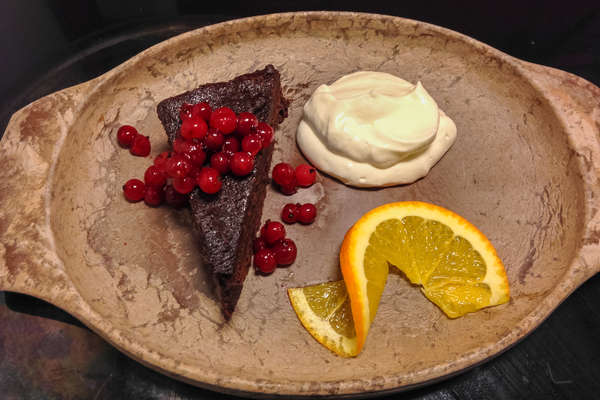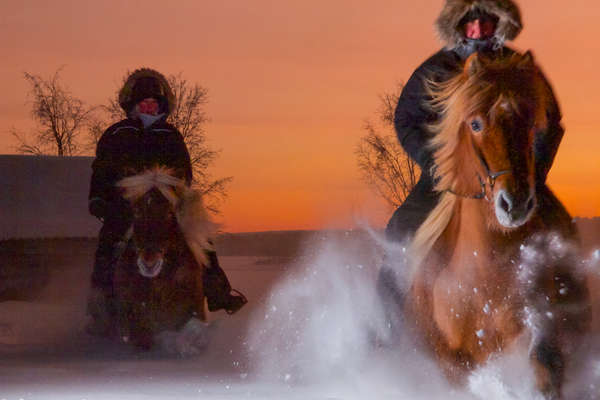Comfort
You will stay at the farm, where there are twin/double rooms.
Please note bathrooms and kitchen are shared.
Towels and hairdryers are provided.
There is the possibility of spending one night at the Ice Hotel (please see “Dates & Prices”).
Meals
Meals feature local produce, including reindeer and fish. Some lunches will be enjoyed outdoors in the wilderness. Dinner is usually served at the farm, around a fire in a traditional Sami hut.
Vegetarian and other special dietary requests can usually be accommodated if mentioned in advance - please inform your travel advisor upon booking.
Alcoholic drinks are not available on site, but you are welcome to bring your own.
Climate
In the winter, the climate is generally cold and dry. On very cold winter days, temperatures can drop as low as -40 °C. Snow is frequent but cannot be guaranteed.
From late December to early January, the far north of Sweden experiences the end of the Polar Night, with little or no direct sunlight and only a few hours of twilight each day. By mid-January, the sun begins to rise briefly, providing around 2-4 hours of daylight. Through February, daylight increases rapidly - mid-month there are about 6-7 hours, and at the end of February up to 8-9 hours of daylight. The sun remains low on the horizon throughout this period, creating long shadows and a soft, golden light typical of the Arctic winter.
Tips
Tips are left at your own discretion (cash only).
Packing list
For a full day outdoors in winter, you will need base layers (such as long thermal leggings), warm mid-layers, socks, a scarf or buff, a hat, gloves, and outer layers (jacket and trousers) that protect against wind and water. Remember that natural materials like wool are usually warmer.
We recommend that you bring proper winter hiking boots. Riding boots will not be enough to keep you warm.
Head
- Helmet
- Sunglasses - with a cord attached so they don't fly off when riding
- Buff or scarf
Upper body
- T-shirts
- Long sleeved shirts
- Warm fleeces or jumpers (wool/fleece is recommended)
- Warm and waterproof jacket
Legs
- Long underpants (to use under riding/casual trousers)
- Riding trousers or jodhpurs - we recommend riding in them at home before taking them on holiday to ensure they don't rub
- Waterproof trousers (to use over riding/casual trousers)
- Casual trousers for the evenings, such as jeans or tracksuit bottoms
- Swimwear
Hands and Feet
- Winter hiking boots with half chaps
- Winter shoes for non-riding activities (or you can use the same hiking boots as for riding)
- Several pairs of socks (woollen socks are recommended)
- Slippers
- Thin gloves to wear as a first layer
- Waterproof gloves as a second layer
Other useful items
- Toiletries
- Camera
- Bumbag for carrying items whilst riding
- Water bottle
- Swiss army knife (or equivalent)
- Ear plugs (for light sleepers)
Medical kit
- Any medication you regularly take
- Sunscreen and lip balm - should be high factor
- Blister plasters in case of any rubs
- Antiseptic cream, plasters, aspirin, anti-histamine, insect-bite salve etc...
- Spare prescription glasses/contact lenses
- Eye drops
- Imodium or similar anti-diarrhoea medication
- Antiseptic wipes
- Handwash gel
Our Recommendations
- Backpacks cannot be worn whilst riding. We recommend a small bumbag or a coat with pockets so that you can carry small items with you during the day.
- We recommend travelling in your riding boots and carrying your hat and some riding clothes in your hand luggage - then if your luggage goes astray you are still able to ride!
- You should also bring a copy of your passport/insurance in case you lose your documents. You can also save a copy into your mobile phone.

